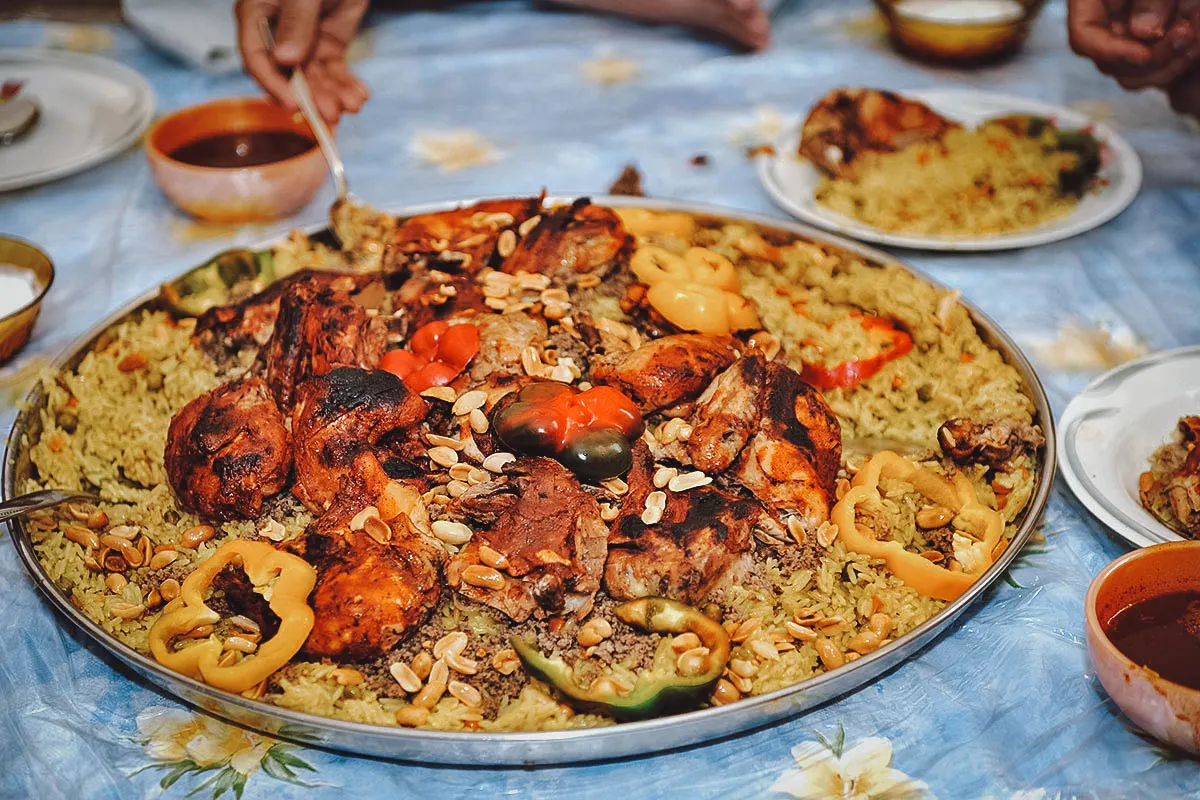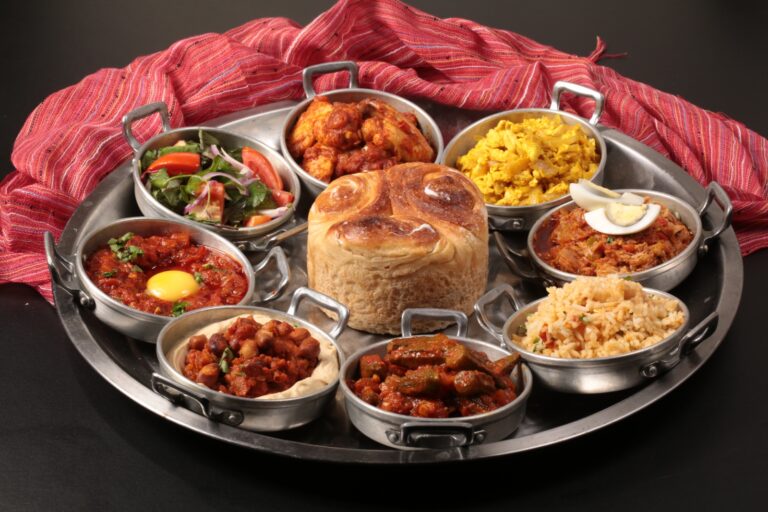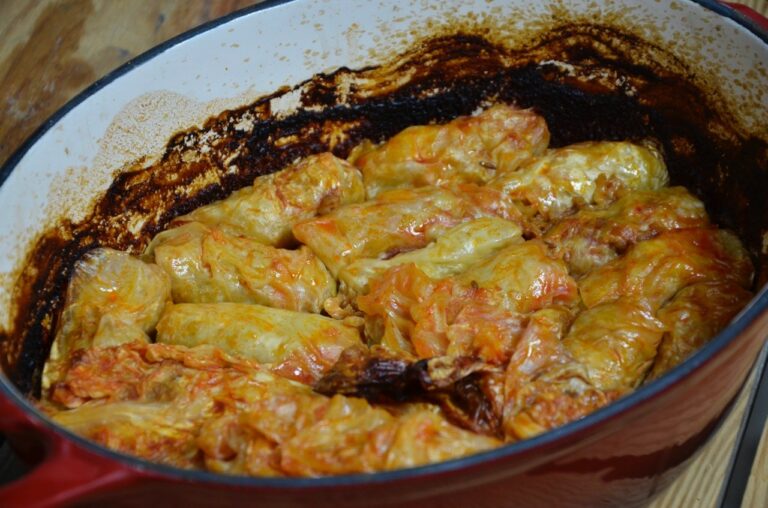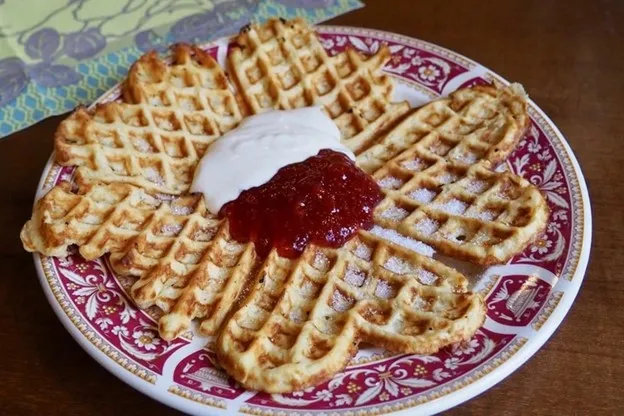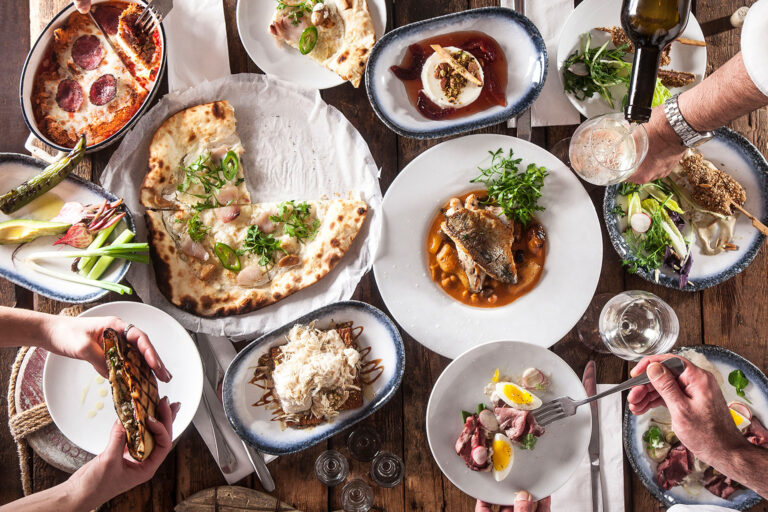Introduction: Tuvalu and its Culinary Heritage
Tuvalu is a small island nation located in the Pacific Ocean. The country is made up of nine coral atolls and islands, which are scattered across a vast area of ocean. Tuvalu is a unique country, with a rich cultural heritage that is closely tied to its natural environment. The cuisine of Tuvalu is an essential part of its cultural heritage and reflects the island’s resources, history, and traditions.
The Influence of Geography on Tuvaluan Cuisine
The geography of Tuvalu has had a significant influence on its culinary traditions. Being an island nation, Tuvalu is surrounded by the sea and has limited access to land-based resources. As a result, seafood is a staple in Tuvaluan cuisine, with fish, clams, and crabs being popular ingredients. Coconut also plays a crucial role in Tuvaluan cuisine as it is abundant on the islands. Coconut cream is used to add flavor and texture to many dishes, and coconut milk is used to cook rice.
Ingredients Used in Tuvaluan Dishes
Tuvaluan cuisine is simple and relies on the use of fresh, locally sourced ingredients. Fish, taro, breadfruit, and coconut are the primary ingredients used in Tuvaluan dishes. Taro is a starchy root vegetable that is commonly used in dishes, such as palusami (taro leaves cooked in coconut cream). Breadfruit is also a popular ingredient and is used in dishes like pulaka (breadfruit cooked in an underground oven). Other ingredients include pandanus leaves (used to wrap food), sea grapes (used in salads), and octopus (used in stews).
Traditional Cooking Methods in Tuvalu
Traditional cooking methods are still used in Tuvalu, and many dishes are cooked in an underground oven called an umu. The umu is a pit that is dug in the ground and lined with rocks. The rocks are heated with firewood, and the food is placed on top of the hot rocks. The food is then covered with banana leaves and cooked for several hours. This method of cooking is used to cook dishes like pulaka, which is a staple in Tuvalu.
The Significance of Food in Tuvaluan Culture
Food is an essential part of Tuvaluan culture and plays a crucial role in social gatherings. Many traditional dishes are served at events like weddings, funerals, and christenings. Food is also used to show hospitality, and visitors are often served a meal as a sign of welcome. In Tuvaluan culture, sharing food is a way to bring people together and strengthen relationships.
Modernization and the Future of Tuvaluan Cuisine
The modernization of Tuvalu has brought changes to its cuisine, with imported foods and cooking methods becoming more prevalent. However, the traditional culinary heritage of Tuvalu remains strong, and efforts are being made to preserve it. Local organizations are working to promote Tuvaluan cuisine and to educate people about its cultural significance. As the nation faces the challenges of climate change and limited resources, the importance of preserving Tuvalu’s culinary heritage has become even more critical. The future of Tuvaluan cuisine depends on the ability to balance tradition and modernization while using the island’s resources sustainably.


